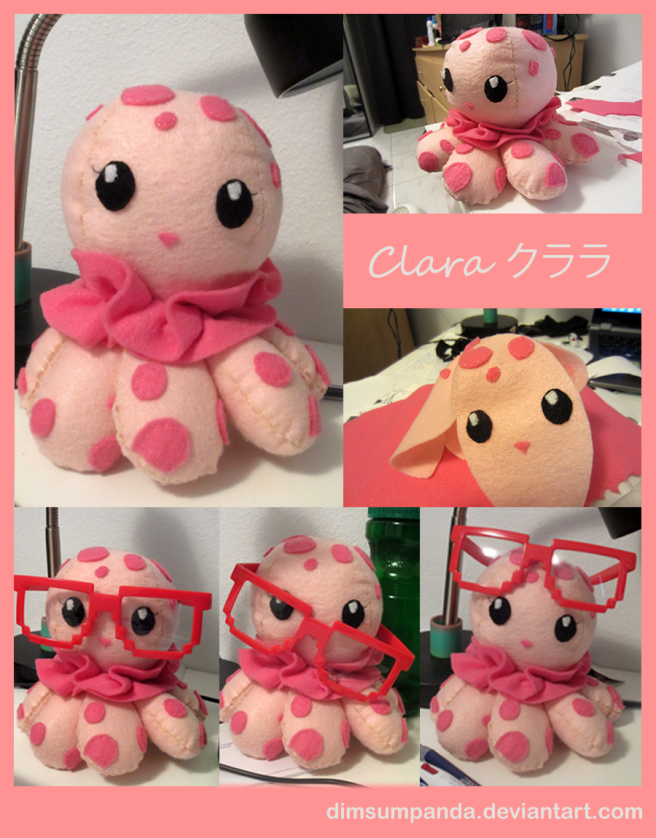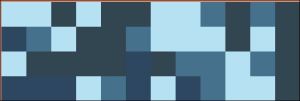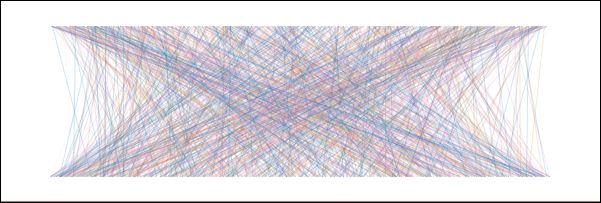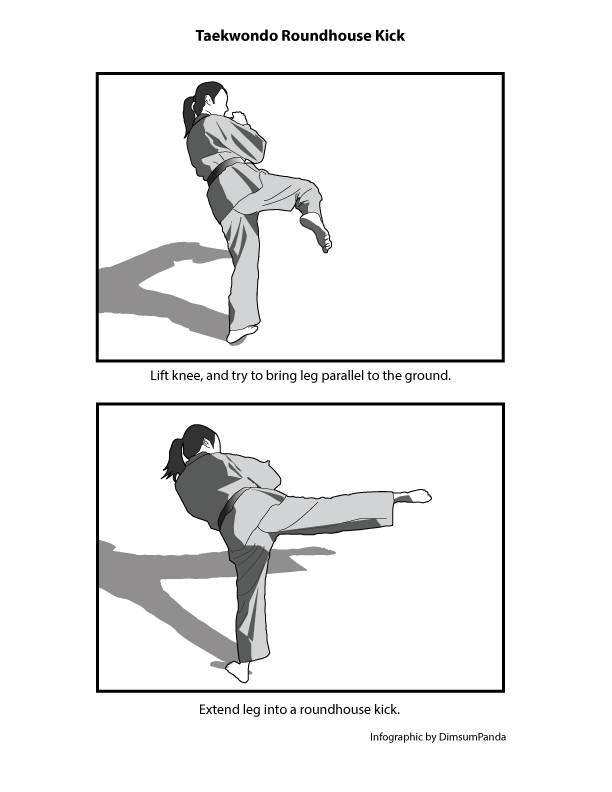I’ve been working on coding and getting up to speed with the program we are working on at work. I spend time at work and outside of work to learn more about Java.
Although I never had direction so I’m thankful for a specific task to work on, I still find myself enjoying time with family, exploring my new area, and meeting new people. However, I feel that I shouldn’t be so free and lax. I stress easily, but I am also pretty lazy.
I feel like I need to dedicate more time into programming and less on other activities, especially since I feel so behind starting out. In my program, I really feel behind my peers. I don’t put in the effort and I feel dumber than the others. At the same time, I yearn to do lots of things besides what I’m doing for my job. I want to learn stuff on my own more. I want to create an android app, work on my website, and I want to draw!! I love to draw and read and do lots of stuff. Today, I decided not to go to kickboxing, but I ended up wasting those hours anyways not working. I think I don’t want to work because there’s too many things for me to learn. I want to just pick one thing and go with it, but I feel like I won’t be able to contribute to the project anytime soon.
I have been only doing such marginal efforts. I have books to write cleaner code and books on making things. I don’t know what to work on. One side of me just wants to read a light novel and get a day off (again). I really think I’m lazy and I hate it. I honestly want to get back the joy I have when I was working on a classroom coding project and figuring things out.




